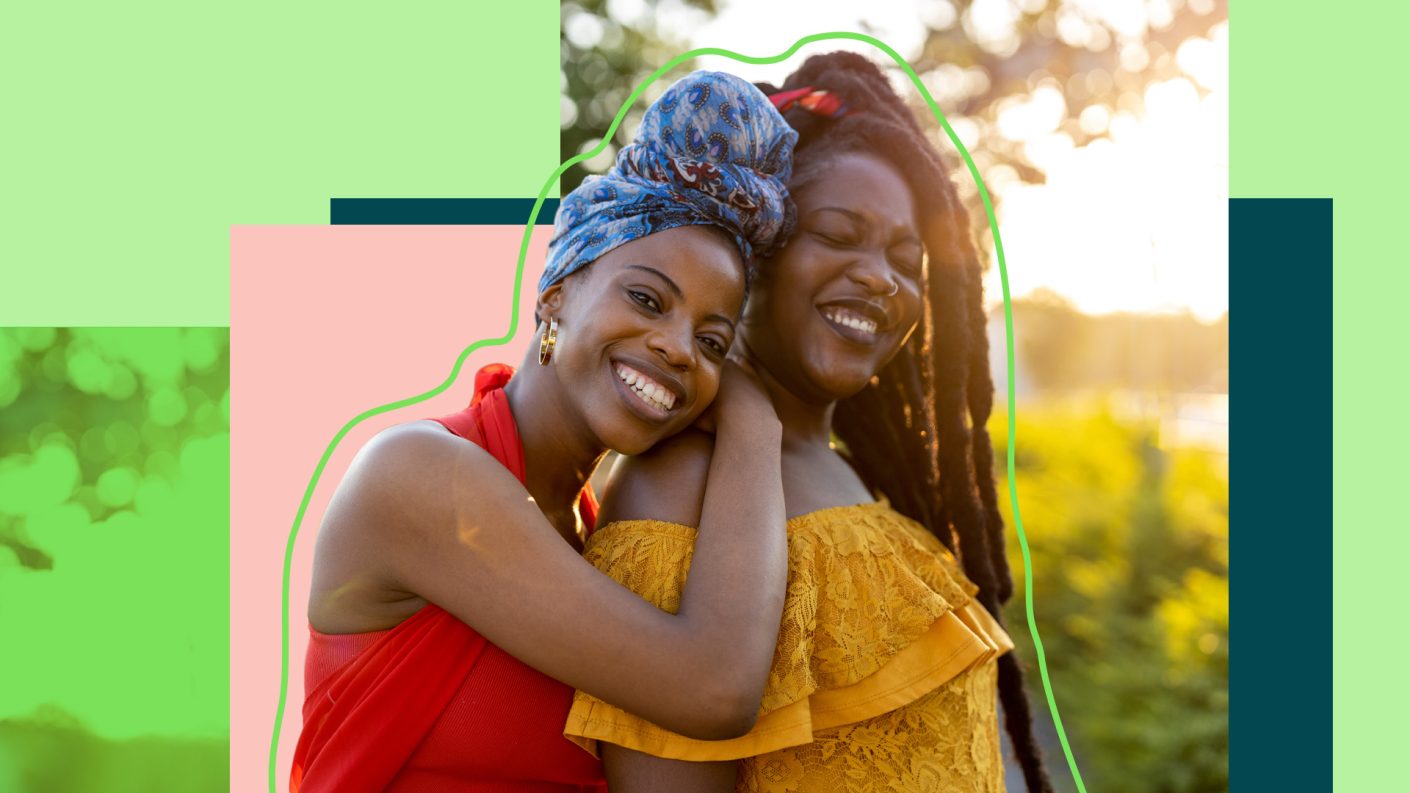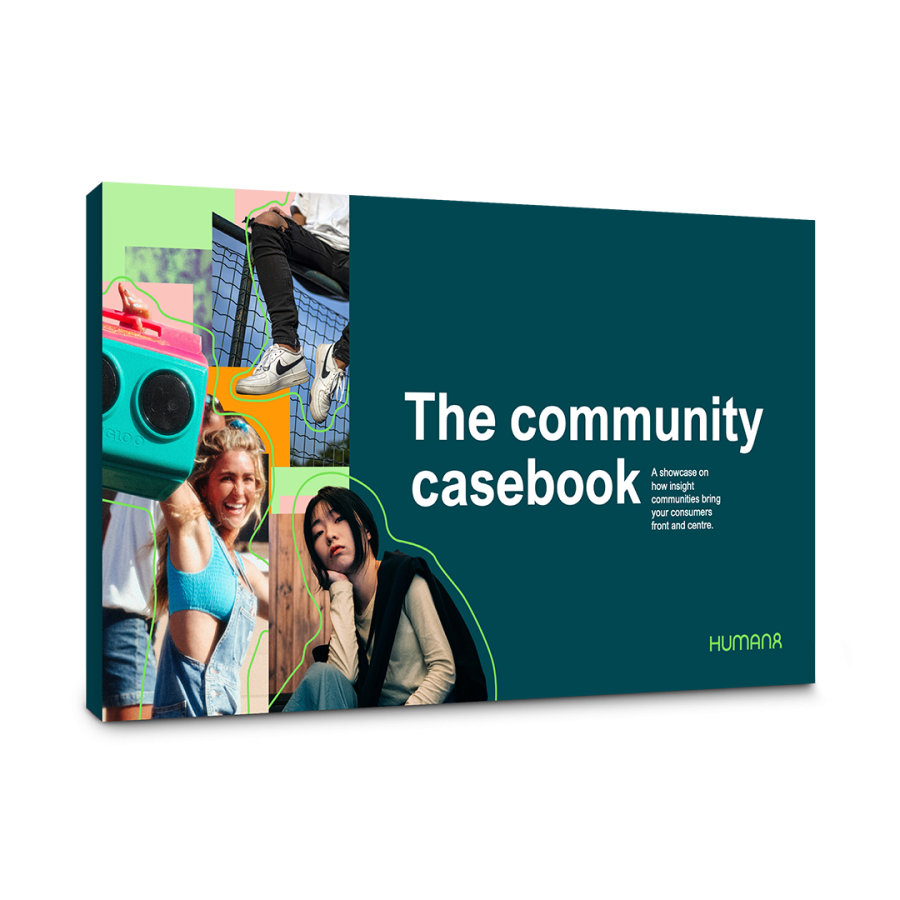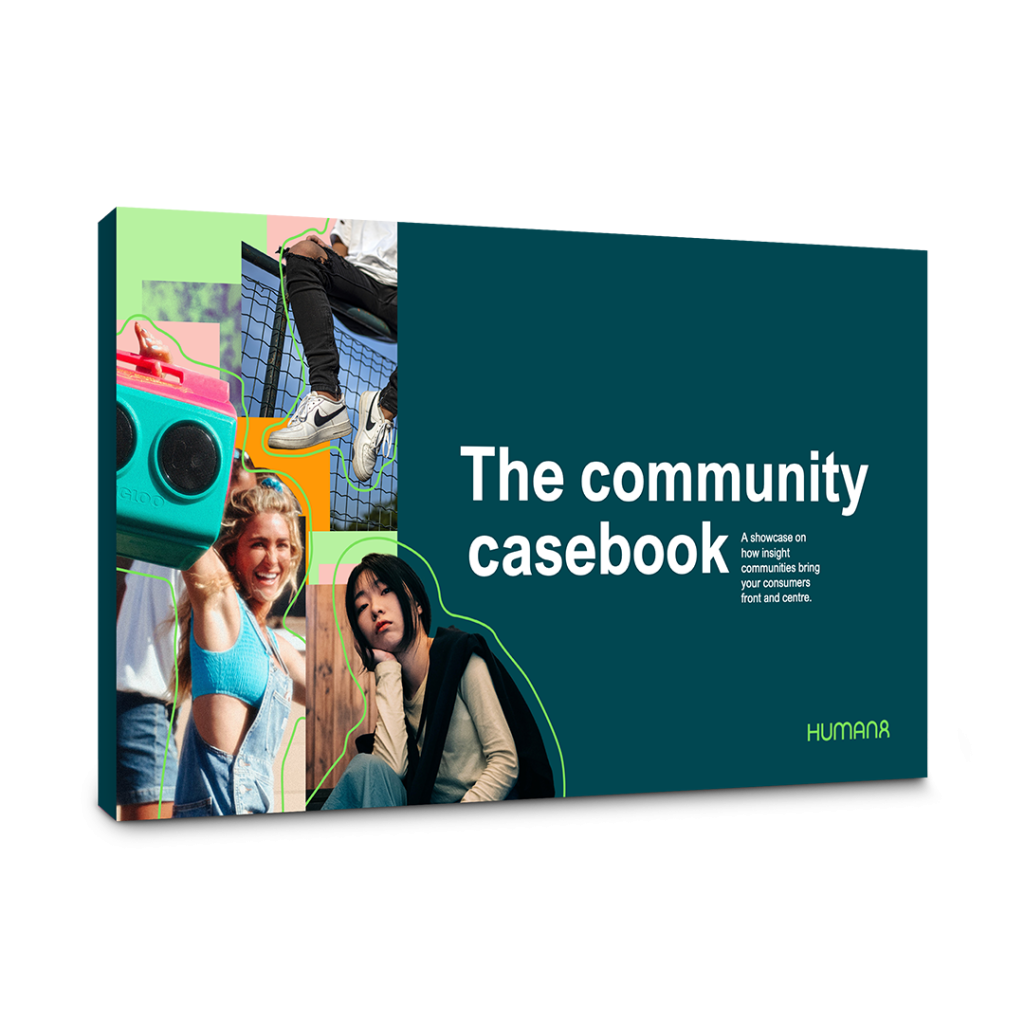Blog
Mastering online insight communities in African markets
A 360-degree learning journey into the power of online communities in Africa, uncovering strategies to engage diverse perspectives, activate insights and drive growth.


Marlé Mans
08 August 2024
5 min read
As part of International Market Research Day 2024, we joined ESOMAR’s Africa Community Circle to gain insights into how to harness the power of online communities for market research purposes. We were honored to deliver one of the two presentations of the event, sharing our expertise and experience as global leaders in online communities.
Despite conducting our first online community in Africa in 2009 (when you still knew us as Columinate), there has remained some skepticism and relatively low adoption of the methodology compared to markets in the Northern Hemisphere, due to areas of lower internet penetration. However, with the rise of mobile-enabled online communities in recent years, the tool has become increasingly accessible and widely available across African markets, where mobile research now dominates.
Unlocking the potential of communities in Africa
We were fortunate to be the first presentation on the virtual stage of this great event. There we shared our global ethos on communities, that is, to unlock the potential of this tool, we need to:
- Embrace a people-led approach
- Make sure we get to different perspectives
- Activate insights through partnership
Embracing a people-led approach
At the heart of every successful community are its people. To achieve a community’s goal, it’s crucial to engage with the right people at the right time.
In Africa we must be aware of three key elements here beyond simply recruiting interested and interesting participants. Firstly, while English is an official language or at least a lingua franca in many Sub-Saharan countries in Africa, engaging with participants in their local vernacular or their version of English is crucial. This approach reaches a larger audience and makes participants feel more comfortable expressing themselves. Local moderators can help to ensure nuances are captured and participants have a fair and equal chance to express themselves in a comfortable environment.
Secondly, communities and activities should be mobile-first. Due to the widespread availability and affordability of mobile devices compared to desktop or laptop devices in Africa, we should design our communities with that mobile user in mind.
Lastly, incentive strategies per country differ vastly. There are many innovative ways to reward community members for their participation in Africa. Mobile money is one such way to bridge the gap between respondents with bank accounts and those without, and localized shopping vouchers also work well. Additionally, topping up incentives with extra data rewards for participants to continue accessing the online community helps to keep them engaged and active.
Making sure we get to different perspectives
A second success factor of communities is the potential to combine different perspectives. An online community offers a creative toolkit that enables you to look at a topic from different angles and by doing so you can achieve a 360-degree understanding. It also allows to collaborate with different target groups. For a short-term insurance client, for instance, we engaged both personal lines consumers and business clients in ad and tagline testing. While consumers favored the ad, business clients were more critical, emphasizing the need for a stronger call to action and shorter ad length. Tagline preferences also varied, providing a richer, more comprehensive understanding.
While internet penetration is increasing significantly in Africa, your online community might mainly represent urban areas due to resource challenges in rural regions. Depending on your audience, you might need to incorporate offline or hybrid methods. Limiting the use of multimedia responses and allowing more time for participation can help accommodate those with limited connectivity.
People from Africa love sharing their stories and having their voices heard. Storytelling can be interactive, emotive and extremely inspiring which means there is ample opportunity to use projective techniques in communities as it enables more engagement and flexibility in giving considered and thoughtful answers. However, don’t forget the cultural context, don’t use historically taboo topics to ground your projective technique because they might have the opposite effect. This comes down to doing your own research before conducting the research.
Activating insights through partnership
Getting to great insights is not the end goal of a community; there is no value in insights if you do not activate them. To fuel human intuition throughout the organisation, you need to put stakeholders front and center. Online communities serve as the ideal platform to bridge the gap between stakeholders and consumers.
Regardless of country or even continent, we need to touch their hearts. For example, consumer connect programmes match stakeholders with community members for live chats. This allows internal stakeholders to get to know the people behind the data and foster a deeper sense of empathy. It’s also about changing their minds and going beyond project-specific deliverables. Think about turning your community – through the power of AI – into a knowledge vault that helps you extract meta-learnings and serves as a source of inspiration whenever you need it.
We believe that communities in Africa offer a lot of versatility and can be tailored to your specific needs by focusing on the three elements of people, perspectives and partnership. In doing so, communities can help brands to become more human-centric, fuelling strategic thinking and tactical decision making.
Unlocking growth: strategic brand exploration in the African beauty market
Following our own presentation, Julia Gichuri, Consumer and Market Intelligence Director Sub-Saharan Africa at L’Oréal shared her experience of running an online community in South Africa. Thereby, she zoomed in on what makes a community beneficial to client-side insight teams. As a company that houses 36 global brands and two home-grown African brands, L’Oréal is founded on innovation, which means that teams across the organisation lean on tech and human understanding to drive growth. As such, communities are used for numerous reasons tied to innovation, including:
-
- Understanding the impact of emerging topics on beauty, e.g. the impact of load-shedding on beauty rituals and routines
- Fine-tuning concepts, pack and comms, both as an isolated methodology and in combination with other tools
- Exploring beauty rituals such as deep diving into how consumers in South Africa are using cleansers (brands used, time of day, perceptions)
- Product placement i.e. experiencing new products through the community.
Both locally and globally, L’Oréal makes time to take stock of key learnings from interactions with community participants, providing a critical longitudinal view that goes beyond product testing. By consolidating meta learnings, Julia’s team can share them with stakeholders across the business.
To close, Julia shared what works (and doesn’t) at L’Oréal.
On the plus side, communities:
- allow iteration and agility in the innovation process
- connect marketers to market realities across geographies
- help stakeholders get closer to real life context via videos and verbatims
Meanwhile, there are still shortcomings to this methodology, namely:
- unbranded research is difficult, but this applies to other methods too
- it is difficult to reach and recruit niche audiences due to cost
- participants can sometimes be overly optimistic because they are so keen to be involved in product innovation for the brands they like
Overall, it’s clear that communities are a key asset for L’Oréal, with some having been running for 8 years. To achieve similar success with a community, Julia advised that brands must:
-
- establish a great partnership with their chosen agency
- research at scale to achieve return on investment
- create a sharp, clear brief.
EBOOK
The community casebook
A showcase of how insight communities bring your consumers front and center.
Request your free copyLet’s connect

